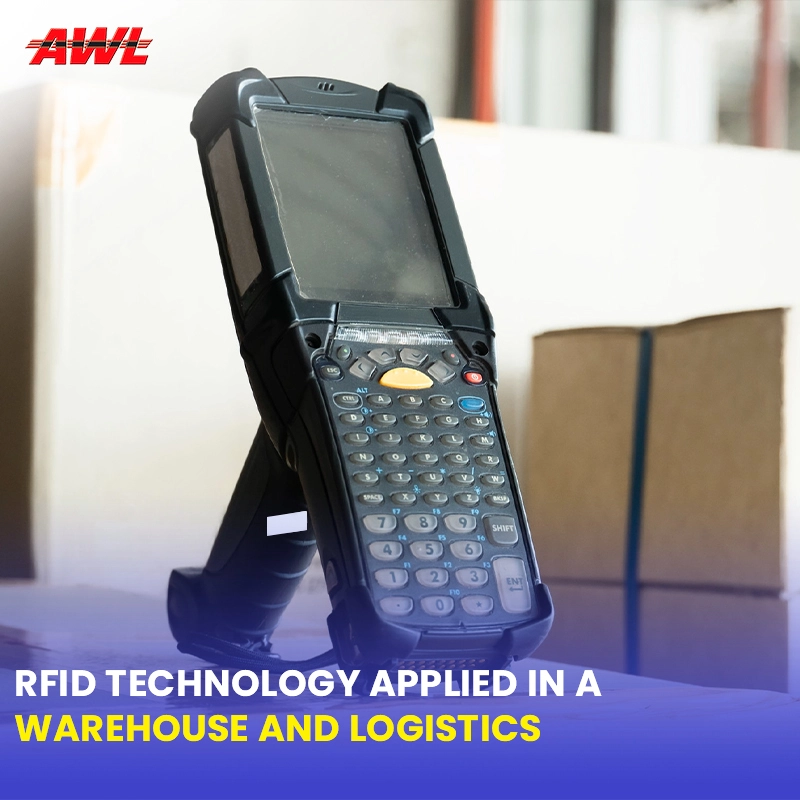

In today's fast-paced business environment, managing inventory effectively is critical to the success of any organisation. However, with the increasing complexity of supply chains, the challenge of maintaining accurate inventory levels and ensuring that the right products are available at the right time has become more daunting. One way to overcome these challenges is by implementing a First-In, First-Out (FIFO) based picking strategy in your warehouse.
FIFO is a method of inventory management that prioritises the oldest items in your warehouse first. This means that the items that were received first are the first items to be picked and shipped out to customers. This method is widely used in many industries, particularly in the food and pharmaceutical industries, where it is important to prioritise freshness and safety. FIFO is widely used in many industries, particularly in the food and pharmaceutical industries, where the freshness and safety of the product is critical. By prioritising the oldest items first, FIFO helps to minimise the amount of stale or slow-moving inventory in your warehouse, reducing the risk of obsolescence and increasing your overall efficiency.
In a FIFO based picking system, the age of each item is tracked using a barcode system, and the inventory management software is used to prioritise the oldest items for picking and shipment. This helps to ensure that the right inventory is available when it is needed, reducing the risk of stock shortages and increasing the accuracy of inventory management.
Here are some of the benefits of using a FIFO based picking strategy in your warehouse:
FIFO ensures that the oldest items are picked first, reducing the risk of spoilage or obsolescence of perishable goods. This is especially important in industries such as food and pharmaceuticals, where the freshness and safety of the product is critical.
By ensuring that the oldest items are picked and shipped out first, FIFO helps to minimise the amount of stale or slow-moving inventory in your warehouse. This can help improve the turnover of your inventory, reducing the risk of obsolescence and increasing your overall efficiency.
By reducing the amount of obsolete or spoiled inventory, FIFO helps to minimise the cost of carrying inventory and the cost of disposing of expired or damaged goods. This can result in significant cost savings for your organisation.
FIFO helps to ensure that the right inventory is available when it is needed, reducing the risk of stock shortages and increasing the accuracy of inventory management. This can help improve customer satisfaction and reduce the risk of lost sales.
By minimising the amount of stale or slow-moving inventory, FIFO helps to maximise the use of storage space, allowing more inventory to be stored in a smaller area. This can help reduce the cost of storage and increase the efficiency of your warehouse operations.
Implementing a FIFO based picking strategy in your warehouse requires careful planning and execution. Here are some steps that you can take to overcome inventory challenges with FIFO:
The first step in implementing a FIFO based picking strategy is to implement a barcode system in your warehouse. This will allow you to track the age of each item in your inventory and prioritise the oldest items first.
Once you have implemented a barcode system, it is important to organise your warehouse in a way that supports the FIFO method. This may mean rearranging your storage racks or creating designated areas for older and newer inventory.
Your employees play a critical role in ensuring that the FIFO method is implemented effectively. It is important to train them on the FIFO method and the importance of picking the oldest items first. This can help ensure that the FIFO method is followed consistently and accurately.
To ensure that the FIFO method is followed accurately and efficiently, it is important to use technology to automate the process. For example, you can use warehouse management software to track inventory levels and prioritise the oldest items first.
Finally, it is important to regularly monitor the effectiveness of your FIFO based picking strategy and make any necessary adjustments.
In conclusion, implementing a FIFO based picking strategy in your warehouse can help overcome a variety of inventory challenges, including reducing the risk of spoilage or obsolescence, improving stock turnover, reducing costs, increasing accuracy, and maximising space utilisation. AWL India, the leading warehouse and logistics company in India offers smart warehousing solutions and believes that by carefully planning and executing the implementation of FIFO, you can ensure that the warehouse operations are running smoothly and efficiently. However, it is important to remember that FIFO is just one method of inventory management, and it may not be suitable for every organisation.
However, with AWL India you can be assured that the right tools, technology, and training are being implemented in your supply chain to successfully overcome the challenges of managing inventory and maintain the competitive edge you need to succeed in today's business environment

